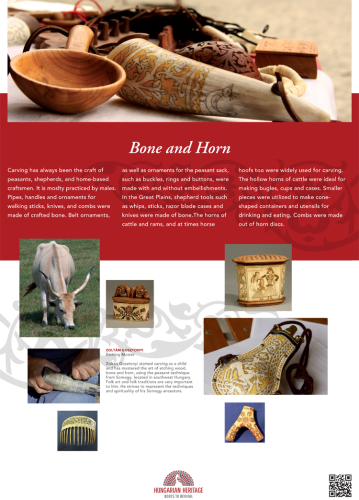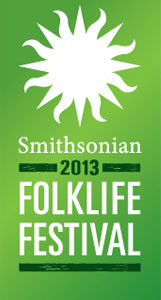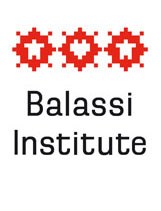 Carving has always been the craft of peasants, shepherds, and home-based craftsmen. It is mostly practiced by males.
Carving has always been the craft of peasants, shepherds, and home-based craftsmen. It is mostly practiced by males.
Pipes, handles and ornaments for walking sticks, knives, and combs were made of crafted bone. Belt ornaments, as well as ornaments for the peasant sack, such as buckles, rings and buttons, were made with and without embellishments. In the Great Plains, shepherd tools such as whips, sticks, razor blade cases and knives were made of bone.
The horns of cattle and rams, and at times horse hoofs too were widely used for carving. The hollow horns of cattle were ideal for making bugles, cups and cases. Smaller pieces were utilized to make cone-shaped containers and utensils for drinking and eating. Combs were made out of horn discs.
Zoltán Gosztonyi
Etching Master
Zoltán Gosztonyi started carving as a child and has mastered the art of etching wood, bone and horn, using the peasant technique from Somogy, located in southwest Hungary. Folk art and folk traditions are very important to him. He strives to represent the techniques and spirituality of his Somogy ancestors.
Related pages:






